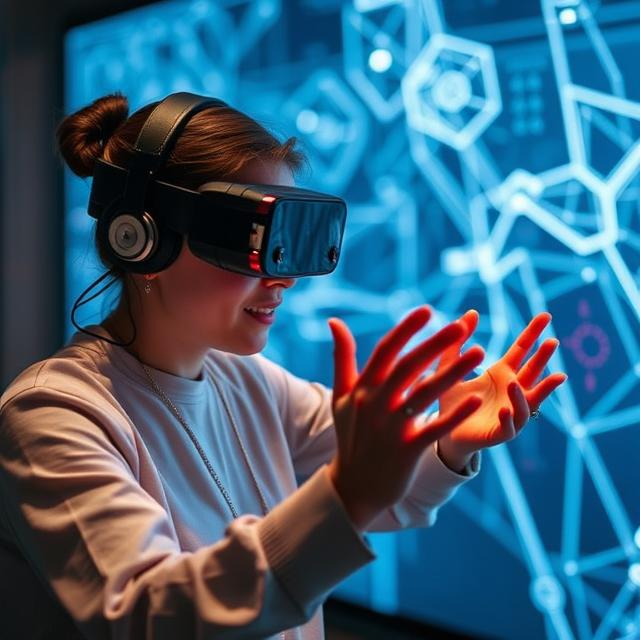Haptic feedback has evolved far beyond the simple vibration motors of early controllers. What once felt like a novelty—rumbling during explosions or hits—is now becoming a key part of immersive design, thanks to advancements in hardware like the PlayStation 5’s DualSense controller.
Unlike traditional “rumble,” modern haptics use localized, adaptive feedback. The DualSense, for instance, can simulate sensations like footsteps in sand, raindrops, or the tension of pulling a bowstring. These aren’t just gimmicks—they provide tactile storytelling, reinforcing what players see and hear with physical sensation.
In Returnal, the controller communicates tension through resistance and subtle pulses. In Astro’s Playroom, textures and surface types are conveyed through nuanced vibration. These examples demonstrate how haptics can communicate gameplay states more intuitively than visual cues alone.
Looking forward, haptic technology could transform:
- Accessibility, by giving non-visual cues to players with visual or auditory impairments.
- Immersive horror and tension, using subtle vibrations to induce unease.
- VR gameplay, where gloves or suits provide physical feedback for in-world actions.
The challenge lies in adoption. While haptics offer huge creative potential, many developers still design with minimal vibration in mind due to cross-platform limitations.
But as hardware continues to standardize and evolve, haptic feedback may no longer be an optional enhancement—it could become a foundational layer of game immersion.

Leave a Reply